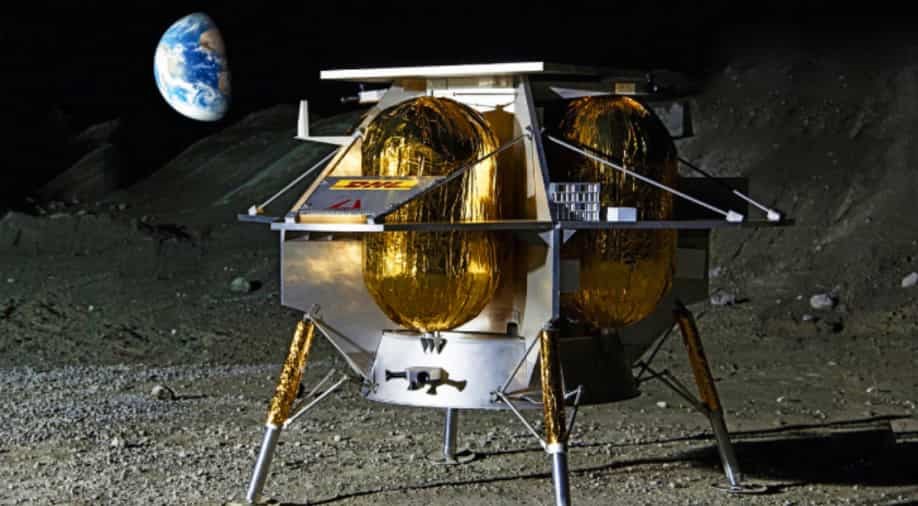Free Courses Sale ends Soon, Get It Now


Free Courses Sale ends Soon, Get It Now



Disclaimer: Copyright infringement not intended.
Context
Details
Introduction
Mission and Purpose
Art Collection
Storage and Transportation
Art on the Moon
Diverse Artworks
Inspiration
Legacy on the Moon
Moon
Physical Characteristics
Orbit and Rotation
Lunar Phases
Influence on Earth
Exploration and Landings
Current Lunar Missions
Potential for Future Exploration
Cultural Significance
|
PRACTICE QUESTION Q. Which of the following statements about the Moon's impact on Earth is/are correct? 1. The Moon's gravitational pull stabilizes Earth's axial tilt. 2. Lunar phases affect the occurrence of solar eclipses on Earth. 3. The Moon's atmosphere plays a crucial role in shaping Earth's climate. A.1 only B.2 only C.1 and 2 only D.1 and 3 only Answer: 1 only |
© 2024 iasgyan. All right reserved